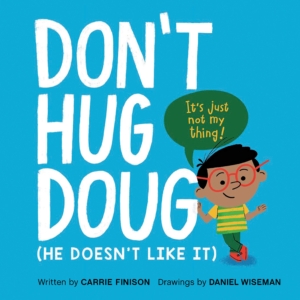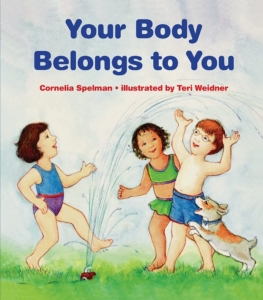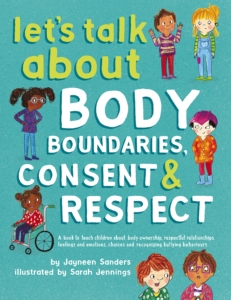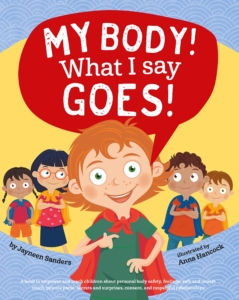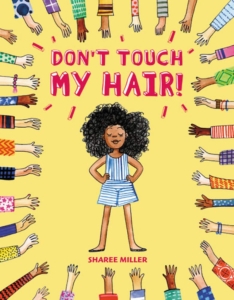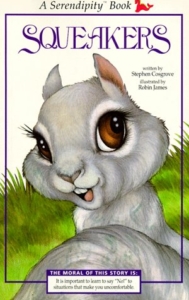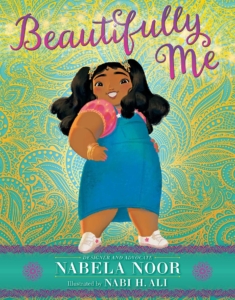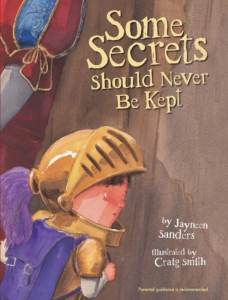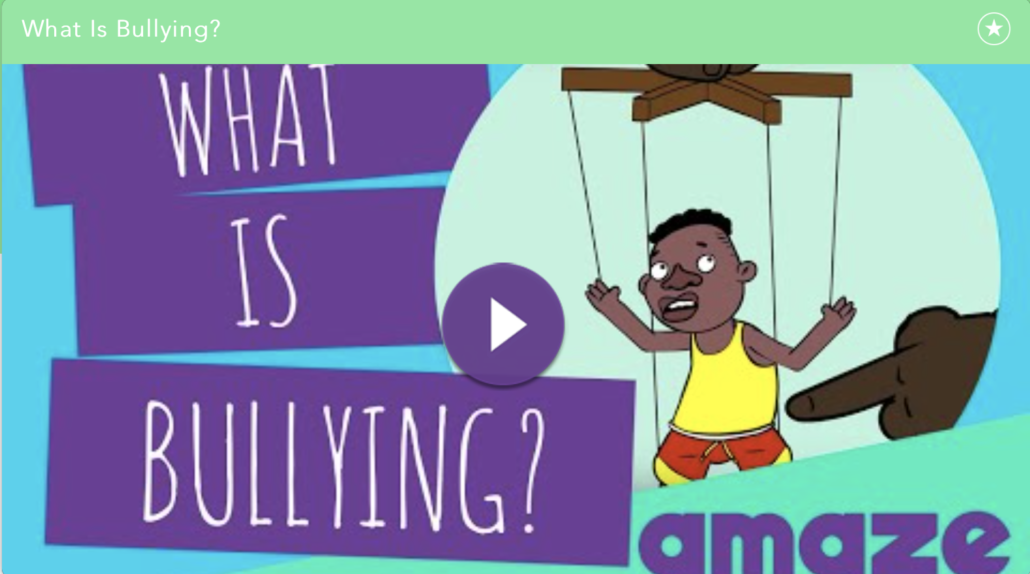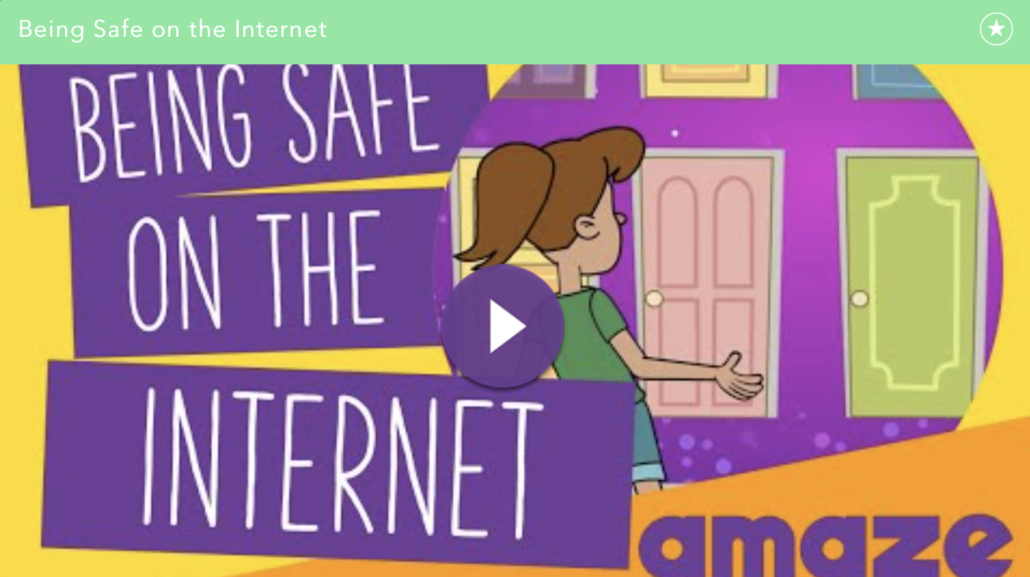Our K-12 Curriculum
Introduction
Our K-12 curriculum provides age appropriate, inclusive, responsive material to engage students of all ages in important conversations around primary prevention. Our lessons meet Oregon Health Education Standards and Senate Bill 856 (Erin’s Law) requirements in accordance with the Oregon Department of Education.
Our ultimate mission is to create a Culture of Consent, where people understand that everyone has boundaries and bodily autonomy—where it would be out of the question to force or coerce anyone to do something they don’t want to do.
In K-5 we use stories and scenarios to explore the different topics we bring to the classroom. Our lessons are delivered in a way that empowers children to speak up and seek help if something happens to them or someone they know.
In middle and high schools we discuss issues surrounding sexual- and gender-based violence and ask students to look at the world around them and think of ways they can make change within their sphere of influence. We also provide students with information about resources for survivors in their school and community.
Our goal in this work is to create a space where people who cause harm are seen as outliers and are held accountable for their wrongdoings. We want everyone to understand that they have a right to bodily autonomy and the right to be helped and supported. We believe that our K-12 Prevention Program is the first step in creating a culture where consent, respect, and inclusivity is the norm.
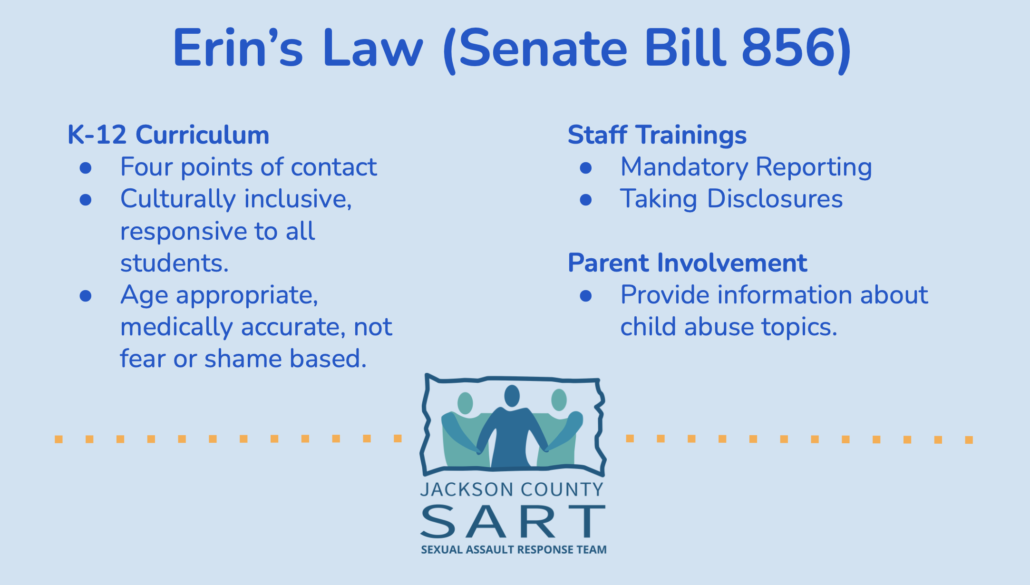
Elementary School
We use books, stories, and scenarios to explore the different topics we bring to the classroom.
Our first lessons are rooted in social emotional skills. We talk about personal space as the space each person needs to feel safe and comfortable. We talk about consent as permission: You need to have someone’s consent before you get into their personal space for a hug, to play a game, sit next to them, etc. We also explore topics like teasing, bullying, empathy, peer pressure, and more. We end each lesson with having the students think about the helpful adults in their lives, at home and at school.
Our second lessons are more about body safety conversations. We talk about okay and not okay touches, what private means, secrets, internet safety, and grooming behaviors of adults who mean harm. We understand some of the topics will seem a little scary to think about but we make sure to talk to kids about the purpose of our lessons before we deliver them. We talk about how this is another safety conversation they have at school, like fire drills or lock down drills, things that can be scary to think about but important so we know what to do if they ever happen. We end each lesson having children get up and move, take some breaths and think about the adults in their lives who they feel safe and comfortable to be around. We acknowledge the heaviness of the conversation and encourage them to shake off any tension or discomfort that came up, and to check in with their trusted adults if they feel like they need to.
In all of these conversations, we want to be sure students think about the adults in their lives: who they trust, who they feel safe with, and who they turn to for help. We tell youth that they may need to ask for help more than once in order to get the help they need, so we want them to think about all of the grown-ups they could turn to for help if they need it.
Kindergarten
Our K-5 curriculum starts by introducing the concept of bodily autonomy through conversations about each person’s right to their own Personal Space Bubble. This includes their physical bodies as well as the space around them, including their friend groups and school community.
All people have the right to create their own boundaries and should expect those boundaries to be respected. We talk about the need to communicate, to ask for and have another person’s consent before we go into their space. Even people we know and love need space, and they should respect our need for space as well.
We talk about personal space, boundaries, consent, bodily autonomy (your body belongs to you), touches, who our trusted adults are, what trust looks and feels like, how to calm your mind, listening to your “gut” or instincts, and the importance of trying to ask for help.
We also give students an opportunity to practice saying “NO!” to an adult by having them say “No” to one of our Prevention Educators asking them for a hug. They can also say that they don’t want to participate in the activity, which is still practice saying “No” to an adult in an appropriate way.
Books we read:
Don’t Hug Doug (He Doesn’t Like It) by Carrie Finison
A book about a young person who doesn’t like hugs; it’s just not his thing. We talk about personal space, consent, and the importance of respecting someone’s decision when it comes to their personal space. We also talk about how to let someone know we don’t like them in our space and who to talk to if they don’t respect that.
Your Body Belongs to You by Cornelia Spelman
A book about bodily autonomy and the importance of people respecting their personal space. The book talks about touches that are okay and those that are not. It also talks about the importance of asking our trusted and helpful adults for help when someone isn’t respecting our space or tries to touch private parts, explained in the book as “… the places on your body covered by a bathing suit.”
First Grade
We talk about personal space, boundaries, consent, bodily autonomy (your body belongs to you), touches, who our trusted adults are, and what trust looks and feels like, how to calm your mind, listening to your “gut” or instincts, the importance of trying to ask for help, and practicing saying “NO!” to an adult.
We talk about the need to accept “No” as an answer and as a complete sentence. Rejection is part of asking for someone’s consent, so it’s important to think about ways to handle it when someone doesn’t want to do something we want them to do. It’s important to allow room for others to tell us “No” without us taking it personally.
The lesson ends with a reminder of the body bubble and body ownership and thinking about who the people in their safety network might be: parents/guardians/caregivers, family, teachers, counselors, other trusted adults in their lives.
Books we read:
Let’s Talk About Body Boundaries, Consent, and Respect by Jayneen Sanders
This book covers a wide range of topics around consent and boundaries. We talk about personal space, body boundaries, what it looks like to respect and disrespect boundaries, and how people sometimes try to force, or intimidate someone to do something they don’t want to, especially if that person is older, bigger or there’s some other imbalance of power.
My Body! What I Say Goes! by Jayneen Sanders*
This book is a lot like Your Body Belongs to You and covers a lot of the same information, just in a little more detail. It also covers emotions and how talking about feelings is important, what feeling safe and unsafe feels and looks like, and our body’s early warning signs and who to talk to about them. Also, it covers who’s in their safety network.
The book talks about private parts, defined in the book as “… those parts of the body under the bathing suit or covered by the underwear” and “Private means just for you!” It also covers secrets and surprises and the difference between the two. The lesson ends with a reminder of the body bubble and body ownership and thinking about who the people in their safety network might be: parents/guardians/caregivers, family, teachers, counselors, other trusted adults in their lives.
*In this book there is a small section about medically accurate names for ‘private parts’ and they use those words in the book, JC SART educators don’t read those words, or pages in class, we skip them entirely. However we do use the term ‘private parts’ and the definition above. We also offer information to caregivers in their lives about the importance of children knowing those medically accurate words for their health and safety. There are several resources available to help have those conversations.
Second Grade
We talk more about personal space, boundaries and consent as well as empathy and compassion. We explore the importance of how someone feels about what’s happening to, or around them, and how we need to respect their choices. We also talk about bodily autonomy, “tricky adults,” and the importance of tuning in to how our bodies feel, as with our instincts.
We have discussions around how most people are kind and well-meaning but there are some people who have intentions to harm others and might use a process of grooming to do so. It’s important to understand that anyone can cause harm, even someone we thought we could trust.
We empower youth to think about how to say “No” in different situations: when you’re worried you might hurt your friend or family member’s feelings vs. when someone tries to approach you or touch you in a way that you don’t feel comfortable or safe with. Students practice saying “No, thank you” and “NO!” to an adult, especially when they feel uncomfortable or unsafe.
Books we read:
Don’t Touch My Hair! by Sharee Miller
In this book a young person has to go to great lengths to avoid having people talk about or touch her hair. We explore how we need to use empathy to help us respect another person’s feelings and decisions about their own personal space.
Compassion also often comes up in this conversation as the young girl ends up having to go live alone on an island to be left alone; students have brought that into the conversation as we’ve explored the different feelings the character must’ve been going through. We use that conversation to deepen our understanding of the concept of a person’s feelings about their body and the importance of personal space.
Squeakers by Stephen Cosgrove
This story uses forest creatures to explore the concept of tricky and harmful adults. It’s the story of a young squirrel who is tricked by an old meadow mole into giving up bits of his fur in exchange for some hazelnuts and is told to keep it a secret. We explore the different feelings Squeakers the squirrel is going through and why he might feel like he has to keep the secret. He eventually tells his parents what happened and is able to feel better over time. We talk about how it’s never a child’s fault if they are tricked by an adult. Some adults are tricky and it’s ok to say NO! to them and get to your safe and trusted adults as soon as possible.
Third Grade
We begin by reviewing personal space and consent.
We explore the ways someone’s personal space can be affected by things happening in the environment, such as where they are and who they’re with. We talk about the importance of our emotions and feelings – how they can sometimes be signals to us that we need help. We want kids to be able to tune into their bodies and know how they’re feeling about the things happening to or around them and to talk to their grown-ups about those feelings.
We talk about the difference between surprises and secrets and what secrets are okay to keep and not okay to keep. We talk about how people who hurt people use different tactics to harm someone and keep people quiet.
As always, we also talk about who their trusted adults are and the importance of trying to ask for help until you get the help you need.
Books we read:
Beautifully Me by Nabela Noor
This is a story about a young girl who is confused about the ways people are talking about bodies–specifically large, or fat bodies. We explore how words can affect us. Even when something is not said directly to us, we might feel confused, scared, and uncomfortable.
We talk about how feelings and emotions can be signals to us; sometimes they’re letting us know something in our world doesn’t make sense and we might need help figuring it out. The lesson ends by thinking of the people/adults at home and school that they can go to for help.
Some Secrets Should Never Be Kept by Jayneen Sanders
This book uses the genre of a fairy tale to tell the story of a young boy who gets touched inappropriately, tickled in his private parts, by his mom’s employer and told to keep it a secret. We talk about how feelings and emotions can be signals to us, sometimes they’re letting us know something in our world doesn’t make sense and we might need help figuring it out.
We also talk about the way people sometimes use their power and position to manipulate situations to their advantage and to keep their victims silent and feeling responsible. The book ends with the young boy telling his mom about what’s happening and things are resolved.
Fourth Grade
We focus more closely on the differences between teasing, bullying, and someone just having a bad day and being grumpy. This session is mostly large and small group discussion.
Students are asked to explore these topics in small groups:
- How do you know if teasing is okay or not?
- What are some things people get teased and bullied about?
- What is a power imbalance?
- What does it mean to have social power? And, is that always a bad thing?
We think about ways we can use our social power, or influence, to lower the rates of bullying in our schools and peer groups. We also explore some of the barriers to using that power. The lesson ends with recognizing that these things can be complicated and we might need help from our trusted adults. We review who those trusted adults might be.
We also talk about social media, consent, cyberbullying, internet safety and the ways people can pretend to be someone or something they’re not when they’re online. We also explore instinct and who their trusted adults are that they can talk to about anything coming up for them. We talk about consent specifically in relation to technology—no one can record, film, or take pictures of someone without consent. We also talk about the importance of checking in with our caregivers before we make friends with people online.
Videos we watch:
First school visit
We focus more closely on the differences between teasing, bullying, and someone just having a bad day.
This session is mostly large and small group discussion. Students are asked to explore these topics in small groups: How do you know if teasing is okay or not? What are some things people get teased and bullied about? What is a power imbalance? What does it mean to have social power, and is that always a bad thing?
We think about ways we can use our social power, or influence, to lower the rates of bullying in our schools and peer groups. We also explore some of the barriers to using that power. The lesson ends with recognizing that these things can be complicated and we might need help from our trusted adults. We review who those people might be.
Second school visit
We talk about social media, consent, cyberbullying, instinct, and internet safety.
We discuss the ways people can pretend to be someone or something they’re not when they’re online, and who their trusted adults are that they can talk to. We talk about consent in relation to technology–no one can record, film, or take pictures of someone without consent. We also talk about the importance of checking in with our caregivers before we make friends with people online.
Fifth Grade
We focus on peer pressure specific to social bullying—when someone uses their influence to harm or humiliate another person or leave them out of the group. We discuss how to be a positive influence on your friend group in the first and second lessons. The third and fourth lessons focus on grooming—the process that someone goes through to get close to and build trust with someone they intend to harm. We talk about ways to tell the difference between a trusted adult and an adult who means harm, the importance of intuition, and finding trusted adults to talk to.
We explore how peer pressure is related to bullying. We use scenarios to explore some of the ways we might sometimes feel pressure to go along with our friends even when we don’t want to. We talk about integrity and how to use it to help us make decisions. We also discuss what we can do when we see or know that someone is being bullied.
We also talk about grooming. We go over the different ways perpetrators use their power and influence to manipulate situations to get close enough to harm a child. We read a scenario about a man who is grooming a child and their family. The students discuss the scenario in small groups then share back to the larger group.
The lesson ends with the students thinking about who their trusted adults are and what it feels like to be with someone you can trust.
First school visit
In our first lesson we explore how peer pressure is related to social bullying.
We use scenarios to explore some of the ways we might sometimes feel pressure to go along with our friends even when they don’t want to. We talk about integrity and how to use it to help us make decisions. And we discuss what we can do when we see or know that someone is being bullied.
Second school visit
In this lesson we discuss grooming.
We go over the different ways perpetrators use their power and influence to manipulate situations to get close enough to harm a child. We read a scenario about a man who is grooming a child. The students discuss the scenario in small groups then share back to the larger group.
The lesson ends with the students thinking about who their trusted adults are and what it feels like to be with someone you can trust.
Middle School
In middle school, we start to expand our conversations of consent and respect to look at how they relate to sexual harassment, violence, and assault. We start by defining what they are, what it looks like statistically, how it shows up in our social norms around gender stereotypes, and expectations when it comes to sexuality and relationships. We invite students to think about the subtle ways these things show up and influence the environment around them.
We ask students to think about and practice things that can be done to interrupt and redirect those harmful norms and behaviors. We’re hoping that students will see themselves as change makers and feel empowered to challenge those social norms and expectations that allow harassment and assault to go unchecked in their schools and communities. We make sure students are aware of the resources available to them in the community and get them thinking about the adults in their lives that they can turn to for help.
We customize our middle and high school lessons to fit the needs of the school. Our conversations in the classrooms vary based on how many days we have in each class, what the teacher would like us to focus on, and whether the students have had a conversation like this or lessons with us before. In some districts, we are only able to start our lessons at the middle school level, so we need to approach those communities differently than ones we’ve been in since the students were in kindergarten.
Below is a list of topics we are able to speak to in each grade, depending on what works best for the teacher and the school community.
Sixth Grade
- Define sexual harassment as a type of bullying
- Discuss power imbalances and how those influence a person’s ability to speak up for themselves
- Distinguish between flirting and sexual harassment
- Discuss sexting and consent related to online technology
- Identify different types of relationships: friendships, romantic, youth/adult etc.
- Identify healthy/unhealthy relationship behaviors
- Refusal skills
- Identifying trusted adults and resources to go to for help
Seventh Grade
- Define sexual assault
- Review consent
- Define boundaries
- Identify different types of boundaries in relationships
- Explore barriers to setting boundaries
- Practice communication skills around setting and maintaining boundaries
- Identify trusted adults and resources to go to for help
Eighth Grade
- Define sexual assault
- Review consent and sexual harassment
- Discuss and explore coercion as manipulating or pressuring someone to change their “No” to a “Yes”
- Recognize sexual coercion as a range of behaviors to pressure another person to do something they don’t want to do
- Distinguish between sexual stereotypes and reality specific to assault
- Recognize peer pressure and how it relates to sexuality
- Identify trusted adults and resources to go to for help
High School
By high school, our conversations shift to a more focused and deliberate look at our culture and the things that perpetuate and support an environment where violence happens.
We intentionally start asking students to think about the questions that have guided our overall curriculum:
- What allows someone to harm another person?
- How do you have to feel about someone in order to harm them or allow them to be harmed?
- What conditions need to exist in our culture for violence to continue?
- What can each of us do to push back against those things that perpetuate an environment of violence on some over the comfort of others?
We customize our middle and high school lessons to fit the needs of the school. Our conversations in the classrooms vary based on how many days we have in each class, what the teacher would like us to focus on, and whether the students have had a conversation like this or with us before. In some districts, we are only able to start our lessons at the middle school level, so we need to approach those communities differently than ones we’ve been in since the students were in kindergarten.
Below is a list of topics we are able to speak to in each grade, depending on what works best for the teacher and the school community.
Ninth Grade
- Discuss/review sexual assault stats and information
- Demonstrate an understanding of consent, both verbal and nonverbal
- Practice communication specific to consent
- Examine gender expectations, stereotypes, and social norms and how they influence sexual harassment and assault
- Discuss perpetrator behavior
- Identify victim blaming behaviors
- Discuss how to recognize and help in a potentially violent situation
- Discuss reporting
- Identify trusted adults and resources to go to for help
Tenth Grade
- Examine media and objectification
- Discuss the concept of “rape supportive culture”
- Define healthy relationships and unhealthy relationships
- Discuss sexism (introduction)
- Describe teen dating violence/cycles of violence
- Practice communication specifically about sexuality and boundaries
- More about consent!
- Bystander activation: How to recognize and help in a potentially dangerous situation
- Identify trusted adults and resources to go to for help
Eleventh Grade
- Discuss the concepts of power, privilege and oppression in relation to sexual assault
- Recognize bodily and neurobiological effects of trauma and counterintuitive victim response
- A deeper look at rape culture, media representation, and victim blaming
- Understand Title IX and student rights
- Examine relationship between objectification and perpetuation of violence against women and marginalized genders
- Examine harmful social norms
- Bystander activation: How to recognize and help in a potentially dangerous situation
- Identify trusted adults and resources to go to for help
Twelfth Grade
- Discuss sexual assault on college campuses, in the military and the “real world”
- Discuss risk reduction in the “real world”
- Examine relationship between gender expectations and rape culture
- Review healthy and unhealthy relationships
- Practice communication specific to intimacy and sexuality
- Bystander activation: How to recognize and help in a potentially dangerous situation
- Identify trusted adults and resources to go to for help

